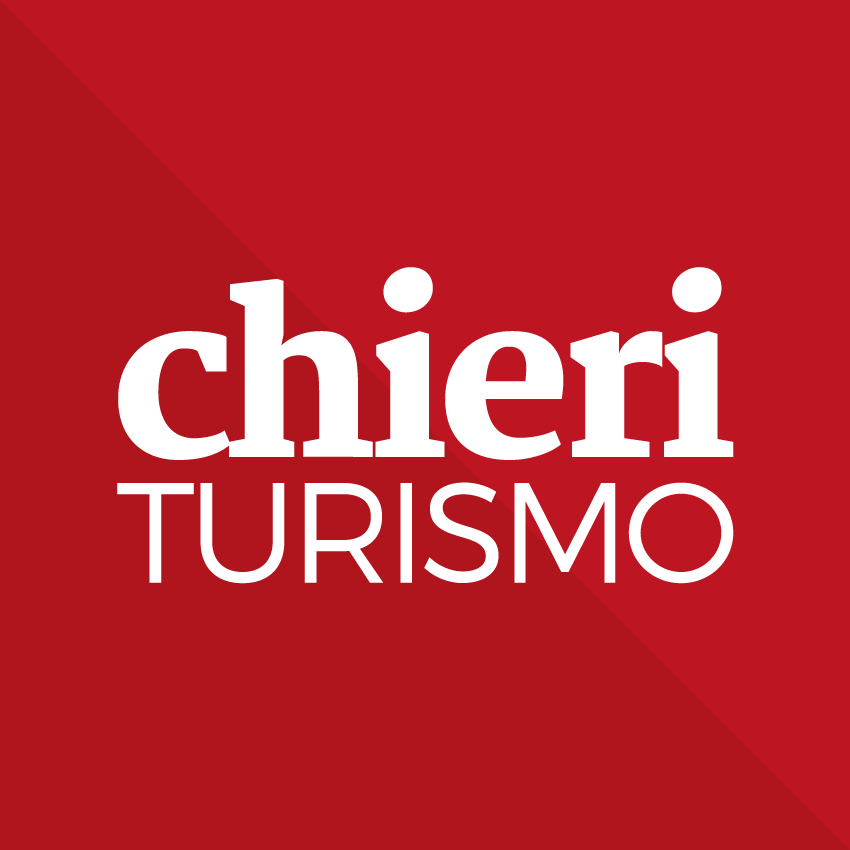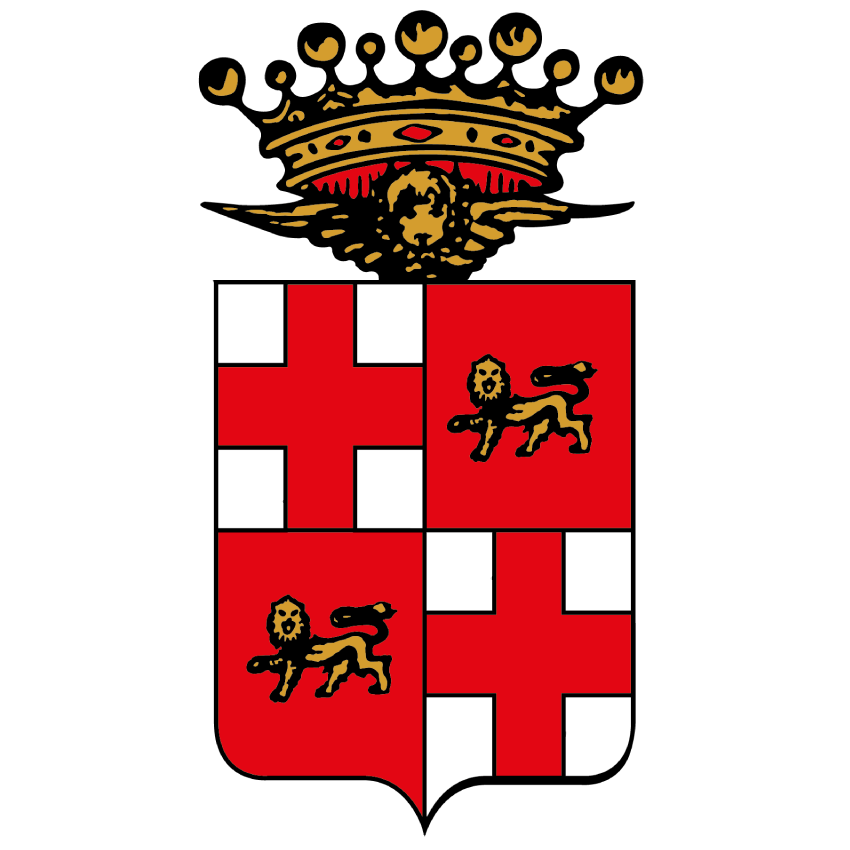The Don Bosco Hill, in the Becchi area of Castelnuovo Don Bosco includes: the Old Centre, the Temple, the Ethnological Missionary Museum, the Museum of Farm Life in the 1800s, the Bernardi Semeria Institute and the House of the young. Here is the evidence of the roots from which the Salesian Family spread around the world.
In the Old Centre, the little house can be seen where Don Bosco lived until the age of 16, other houses containing exhibition panels tell the story of the little house and the youth of the Saint, as well as other houses which were once private and a sanctuary. The Temple of Don Bosco, which stands on the Hill where St. John Bosco was born, was built on the wishes of the Salesian Superiors at the end of the last world war and consists of two superimposed churches.
The Ethnological Missionary Museum of the Don Bosco Hill forms part of the complex of constructions built around the “Little House of Don Bosco” and is dedicated to Cardinal Giovanni Cagliero, a Salesian who led the first missionary expedition inspired by Don Bosco in 1875. The museum collects, keeps and displays material produced and used by the various peoples of the four continents outside Europe, which has been collected by Salesian missionaries. The Museum of Farm Life in the 1800s was set up in 1988, on the centenary of the death of the Saint. Its idea is to record the farming environment of the 1800s in which St. John Bosco spent his infancy and adolescence. A visit to the Museum is of important historical and cultural interest. Its realistic reconstruction of the rooms of a rural house allow visitors to see and appreciate the objects of family life, housework and agricultural labour.


